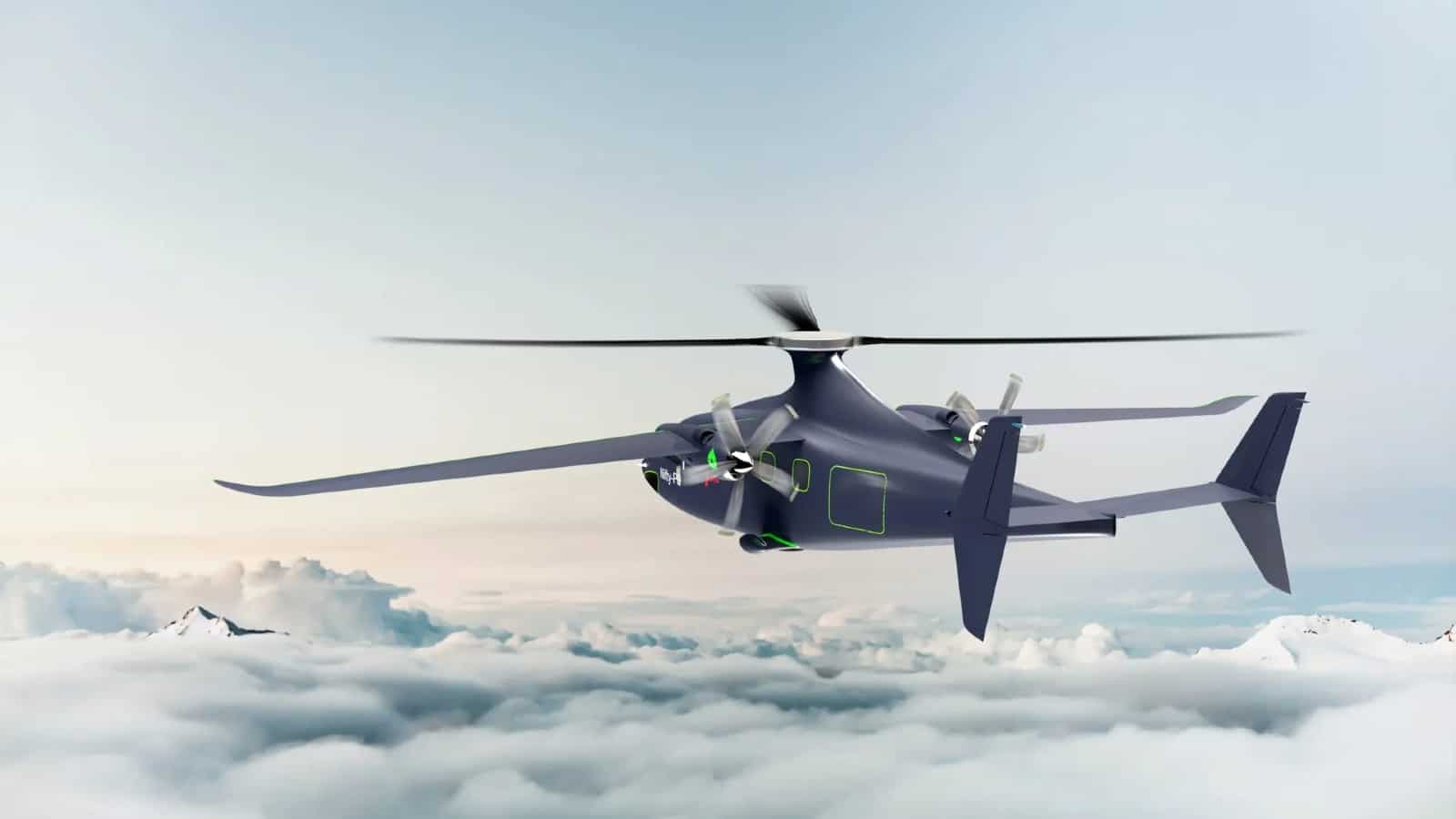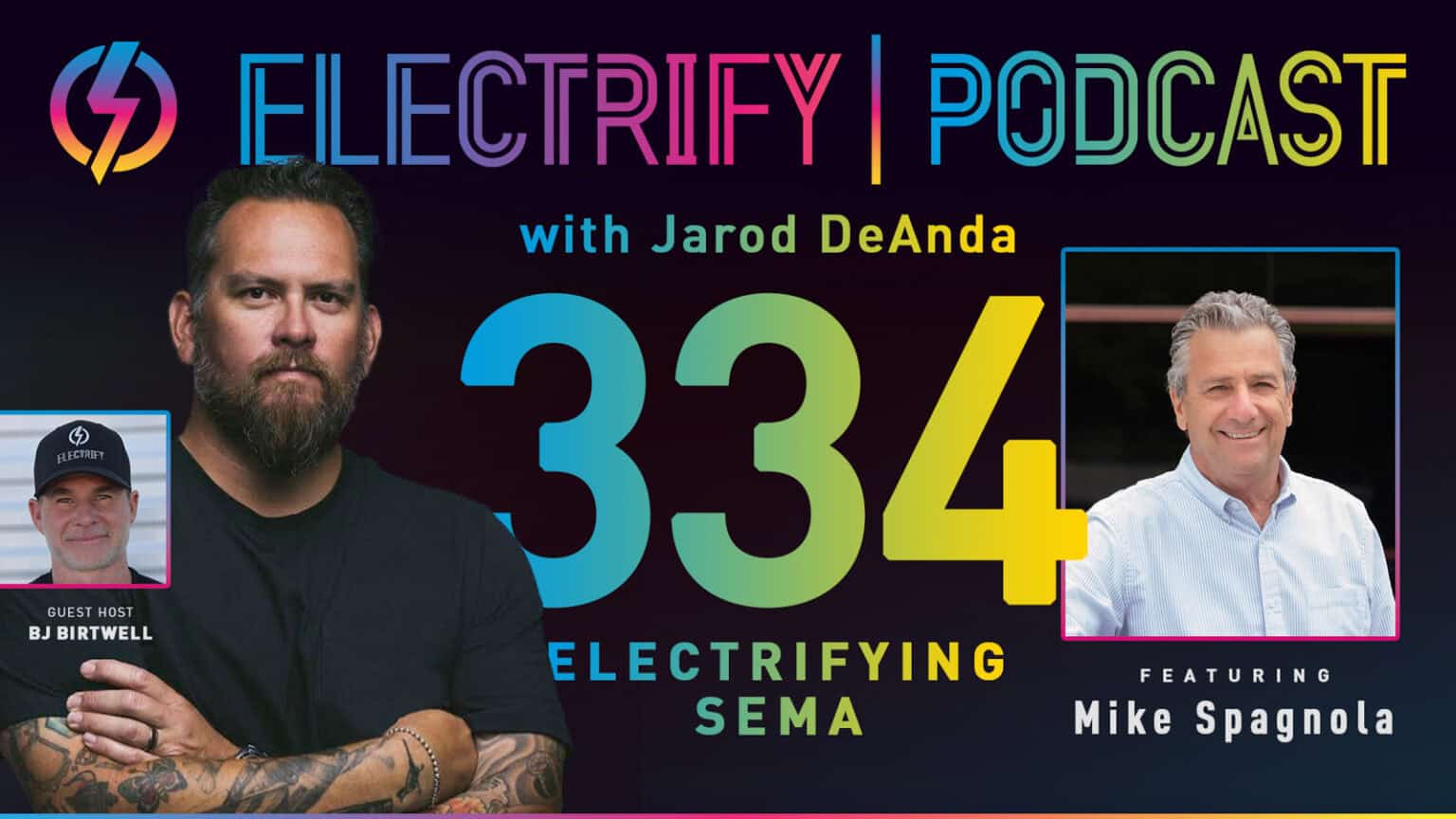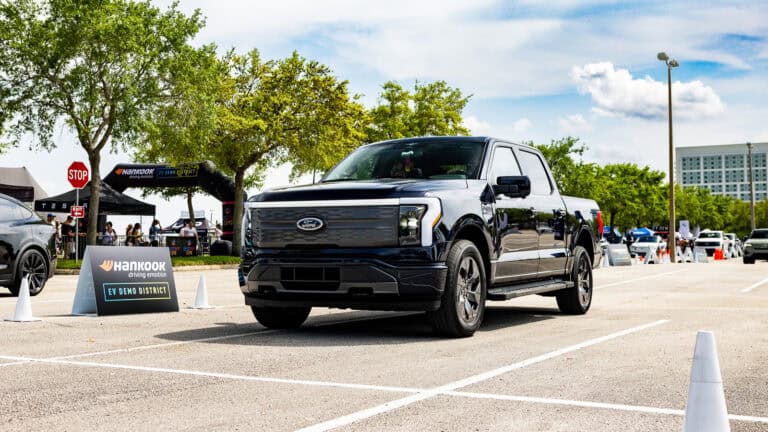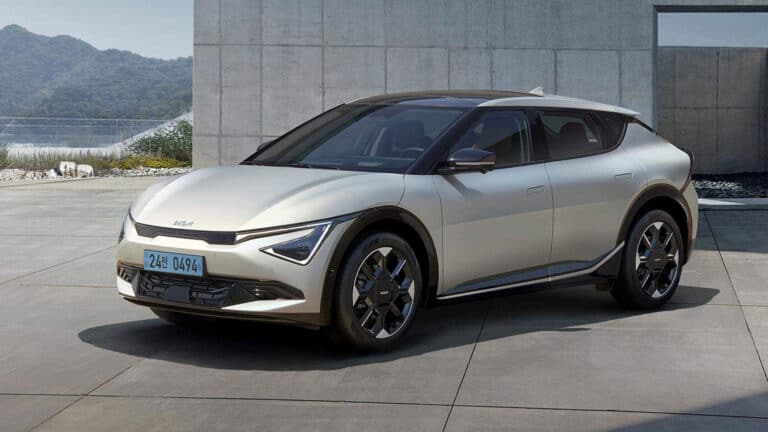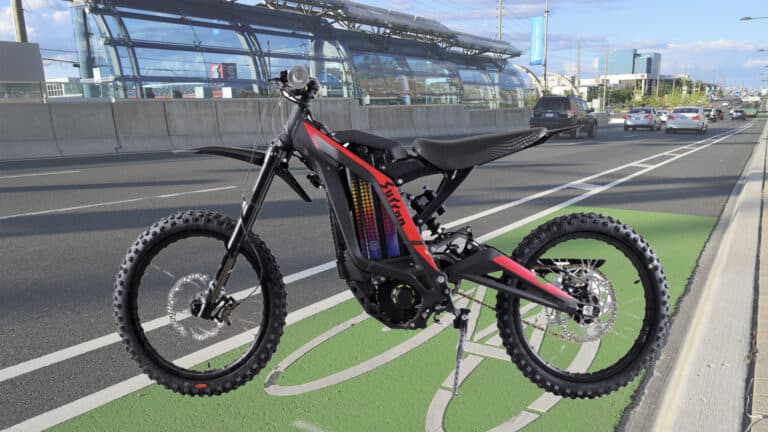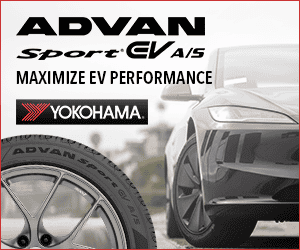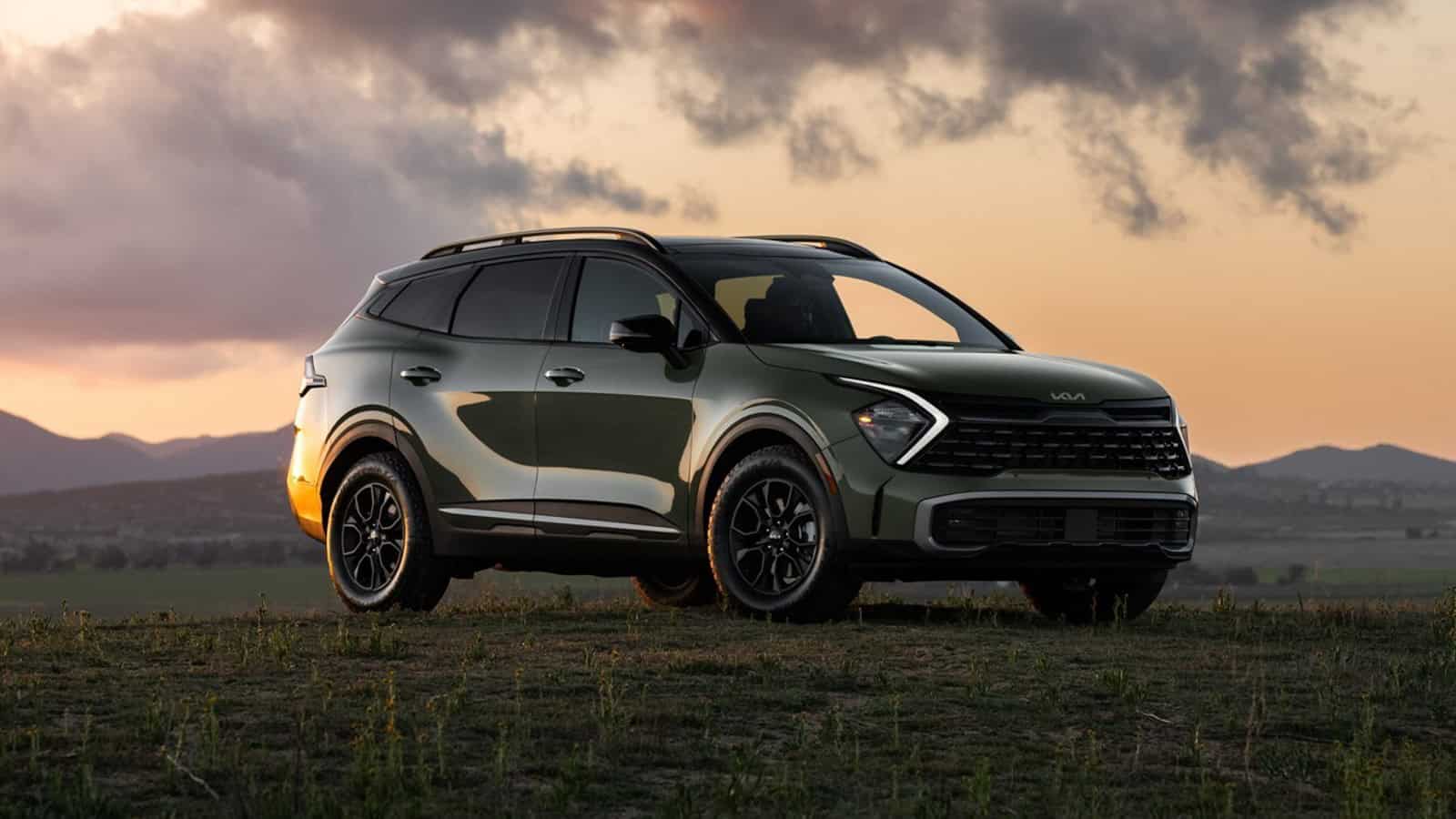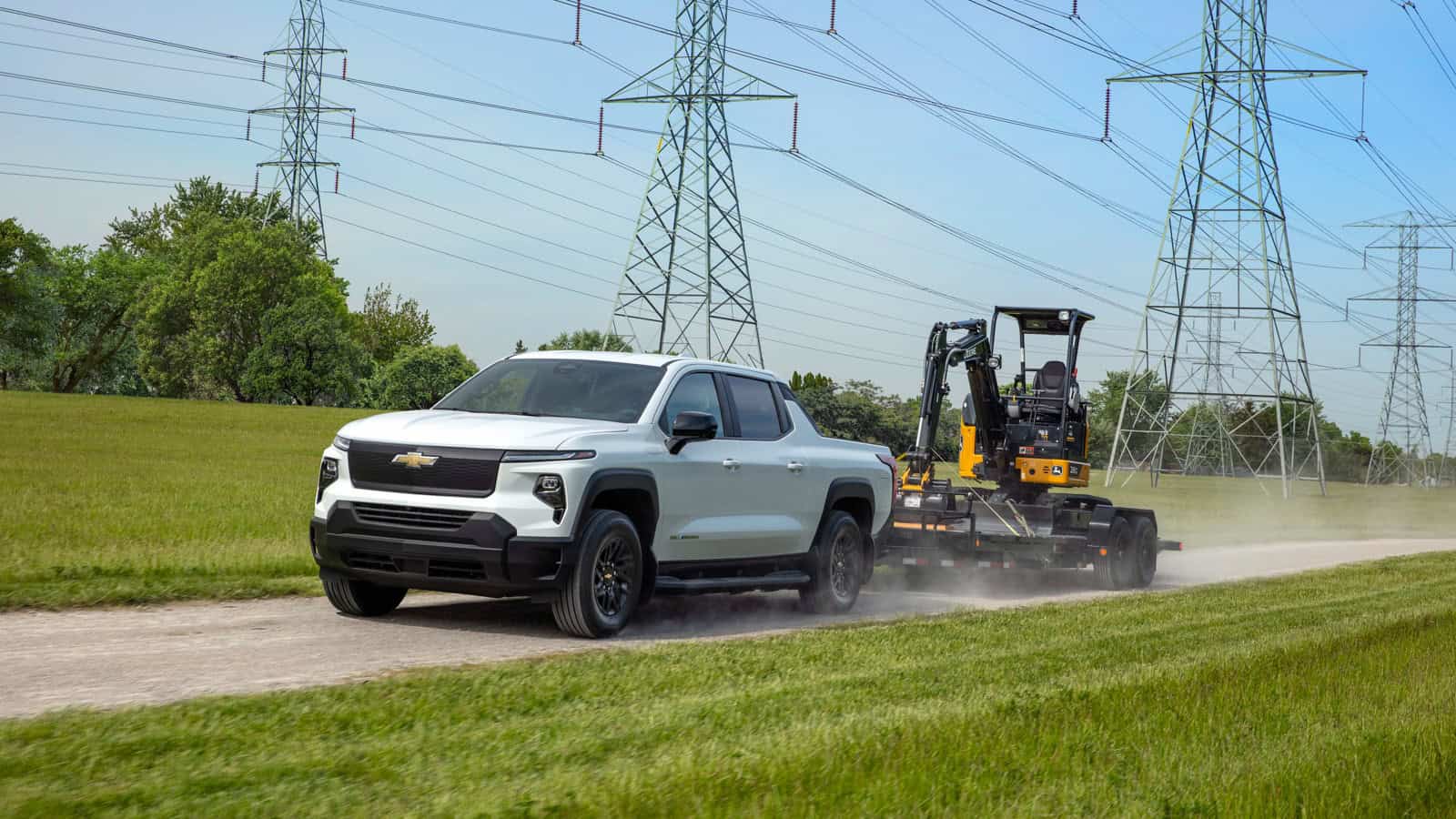Combining electric motors and conventional wings, the hybrid Linx P9 promises to beat helicopters on range, speed, and operating costs.
A mashup between a conventional small airplane, a helicopter, and a gyrocopter, the fully composite-bodied Linx P9 weighs just 4,255 lbs. empty, but offers enough carrying capacity for up to two pilots and nine passengers to travel some 800 miles before needing to stop for fuel, making it ideal for regional airports and connecting flights between smaller airports.
And, by small — we mean small. The P9 uses Vertical Take-Off and Landing (VTOL) technology to take off vertically, spinning its top rotor with a powerful electric motor, then transition to small “pusher fans” once at speed, where the compact conventional wing generates enough lift to keep the plane aloft on its own.
It’s a neat trick that plays to the strengths of both electric power (low-end torque) and internal combustion (high rpm efficiency). Arc, the company behind the Linx, doesn’t stop there, though — the company is quick to point out two advantages its “slowed-rotor concept” offers over other eVTOL air taxi designs:
- First, the huge top rotors can act like parachutes in case of a total power failure, allowing the pilots a chance to “autorotate” to a safe (or, at least, safe-er) landing.
- Second, the P9 is certifiable under existing regulations — and while gyrocopter aircraft are uncommon, they’re well-understood by aviation authorities, whereas eVTOL certification is an entirely new process that regulators are struggling to define as they go along. That means Arc may present an easier path to commercial type certification here, potentially reducing the risk to investors and early order-ers.
In terms of cost, Arc says you can operate this machine for “just” $500 per flight hour. Arc says this represents a 40% cost savings compared to the cost of similarly capable helicopters. “It’s a very exciting design concept that is the ultimate solution for the market, that is affordable, safe and practical, whilst providing the right answer to the current environmental concerns,” ARC CEO, Seyed Mohseni, said in a statement.
That said, Arc is a long way off from series production. To their credit, they’re not outlining any kind of timetable for these processes, and are open about the fact that they’re still looking for investment. Stay tuned for more.
Arc Linx P9 Slowed-rotor eVTOL




SOURCE | IMAGES: ARC, VIA NEW ATLAS.
FTC: We use income-earning auto affiliate links. Learn more.




